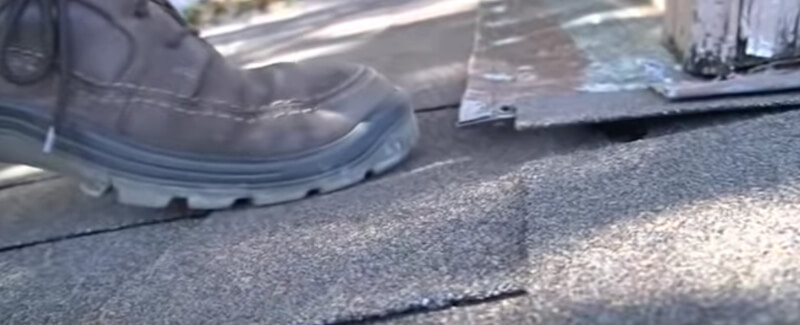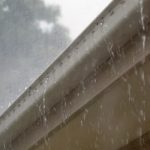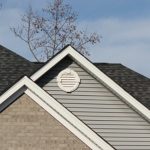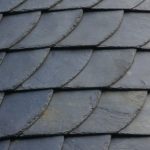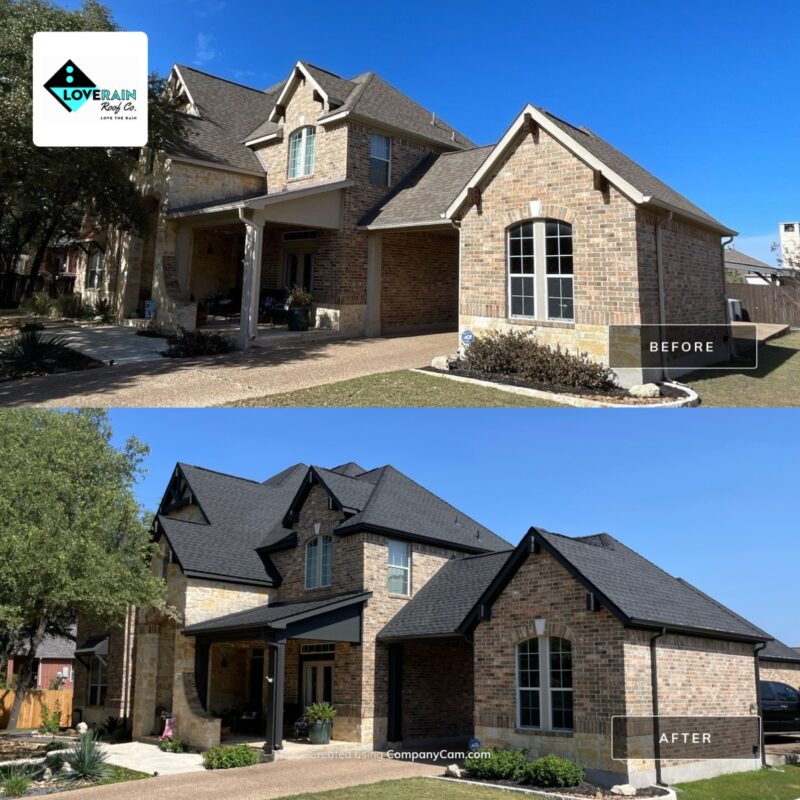Roof inspections are performed on buildings for a number of purposes throughout the year. Whether it’s to perform routine maintenance or examine the roof for storm damage, there are several reasons to schedule the inspection periodically. With the help of an Austin roofing professional, there are a few steps to expect from the process.
The main component of roofs that a professional will inspect are the shingles or tiles that are installed on the home. If any of the materials were installed poorly when the roof was first built, it will immediately be noted to ensure that they are replaced. If the tiles or shingles are coming loose on the home or look as if they could fall off, the professional may add cement underneath to secure them to the building. The nails and angled fasteners will also be examined to look for any parts that are coming loose and need to be nailed or fastened back in. This will prevent any of the roofing materials from falling off in the middle of a storm.
A roof inspection will also include looking for areas where termites or raccoons have made a home on the structure. If the critters are discovered, the area will be inspected to determine if the animal or insect caused damage to the home and what repairs need to be made.
If the fall or winter season is coming, the roof may also be prepped to protect it from damage that can occur with the change in weather. Tie downs may be used to secure the roof to the walls of the home and the flashing may be inspected for rust.
Another part of the inspection process includes cleaning out the rain gutters of debris that may have accumulated in the past few months from nearby trees. This will promote proper water flow on the roof by redirecting the rainwater or melted snow on the home. The metal structure of the gutters will also be examined to identify if any leaks have developed and if the product needs to be replaced.
Many homeowners may be aware of leaks that are present due to moisture that has developed on ceilings. It’s important to discuss this with a professional roofer to ensure that they discover the source of the leak. They may access the attic with a flashlight to find areas where moisture is present and if water stains have developed near the roof boards.
How do leaks develop on roofs?
Leaks are one of the most common problems on residential roofs and are often considered a headache for homeowners. Leaks are known to develop due to roofing materials that were installed poorly when the roof was built or from shingles that have fallen off of the home. Leaks that are not repaired can easily lead to water damage and mold.
Why is Fall the best time to check for roofing leaks?
Although leaks can happen any time of year, heavy snowfalls and spring rains can cause leaks in a compromised roof, which is why the roof should undergo a full inspection in the fall. This will help identify any problem areas before hidden leaks can cause structural damage and mold growth.
In the fall, cooler temperatures and changing leaves are signs of approaching winter storms and freezing temperatures. If roofing shingles and panels are not properly sealed, this can lead to ice damming and leaky roofs. A leaky roof can cause serious damage to the building and any belongings inside, especially if mold begins to fester in the drywall. Proper preventative measures will help extend the life of the roof and protect the real estate investment for years. A professional Austin roofing contractor from LoveRain can provide some helpful tips that can prepare residential roofs for the coming winter months.
Roof Inspection Tips
Many times, a roof will show signs of fatigue due to quick changes in temperatures. Splits and cracks can appear at transition points or projections, including in stacks, joints, perimeters, expansion joints, vents and walls. Accumulating in drains and gutters, dirt and debris may cause blocked drainage, which can result in hidden roof leaks. If any leaves that have collected in the gutters are not removed, late rain storms in October and November may cause backup issues, causing water to seep under the shingles and into the home.
Missing fasteners, lifting shingles and splitting joints can weaken the metal flashing around the chimney and roof. This may lead to water seeping down the side of the chimney and spreading along the drywall.
If the panels begin to pull away from the roof, water can easily penetrate inside the building. Skylights may also provide a point of weakness in the roof if they are broken or cracked or the glazing is no longer intact.
Homeowners should inspect the building’s perimeter near the ground, checking for lifting corners on the roof. Streaking and discoloration on the siding and brickwork may be a sign that water has penetrated the flashing on the perimeter. Water leaking into the side of the house could cause structural damage to the exterior walls, resulting in costly repairs.
Small roof leaks can result in serious problems if not caught right away, which is why inspecting the underside of ceilings is essential to discovering water seepage. Signs that water has entered the home include stained ceiling tiles, drywall streaking and rust spots. If sunlight is shining around projections in the attic, then a leaky roof is imminent.
Once any evaluations and repairs are complete, all findings should be noted on a roof sketch to recognize any potentially problematic areas. In the event of an unknown leak, a roofing contractor can help locate the source of the problem.

